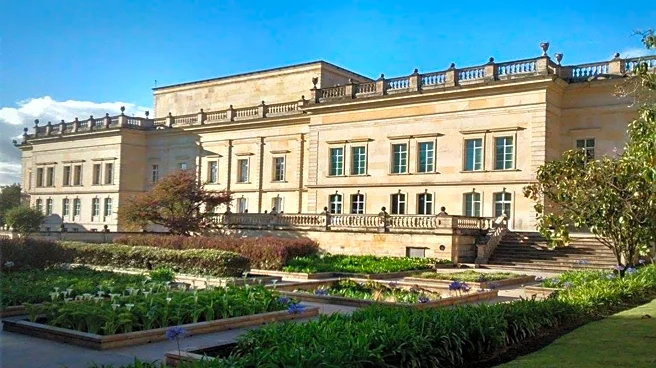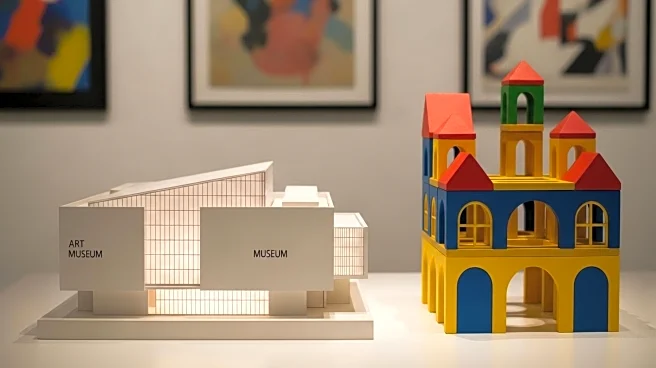What is the story about?
What's Happening?
Tate Britain is set to transform its Millbank entrance with the addition of new Mediterranean and East Asian-inspired green spaces, along with a 'garden classroom' for children. This initiative, approved by Westminster City Council, aims to replace the existing open spaces with a large, biodiverse public garden. The project, designed by architects Feilden Fowles and led by Tom Stuart-Smith, focuses on 'softening' the gallery's external appearance and connecting visitors with nature's cycles. The new layout will include a Mediterranean-inspired garden to the south, a natural pond, and a green space influenced by East Asian woodland planting to the north. The development will also feature a water feature, event space, and expanded café seating. The garden classroom is intended for use by schools, community groups, and volunteers, enhancing the educational experience for the approximately 200,000 schoolchildren who visit annually.
Why It's Important?
The transformation of Tate Britain's entrance into a welcoming green space is significant for several reasons. It represents an effort to make cultural institutions more accessible and inviting to a broader audience, particularly those who may feel intimidated by traditional museum settings. By integrating natural elements and educational spaces, Tate Britain aims to break down barriers and foster a sense of belonging among visitors. This initiative could serve as a model for other cultural institutions seeking to enhance public engagement and inclusivity. Additionally, the project underscores the importance of integrating nature into urban environments, promoting biodiversity, and providing educational opportunities in natural settings.
What's Next?
Following the approval by Westminster City Council, the next steps involve the detailed planning and execution of the garden transformation. The council has requested that Tate Britain employ local residents in the redevelopment process, which could foster community involvement and support. The Licensing Committee is scheduled to review the application on September 30, which may influence the project's timeline and implementation. As the project progresses, it will be important to monitor how effectively it achieves its goals of accessibility and inclusivity, and whether it inspires similar initiatives at other cultural institutions.
Beyond the Headlines
The creation of the garden classroom and green spaces at Tate Britain highlights broader cultural and environmental trends. It reflects a growing recognition of the role that cultural institutions can play in promoting environmental awareness and education. By incorporating diverse plantings and natural features, the project also emphasizes the importance of biodiversity and sustainable design in urban settings. This initiative may encourage other museums and galleries to rethink their spaces, prioritizing inclusivity and environmental stewardship. Furthermore, it raises questions about the role of public art spaces in fostering community engagement and education.
AI Generated Content
Do you find this article useful?













